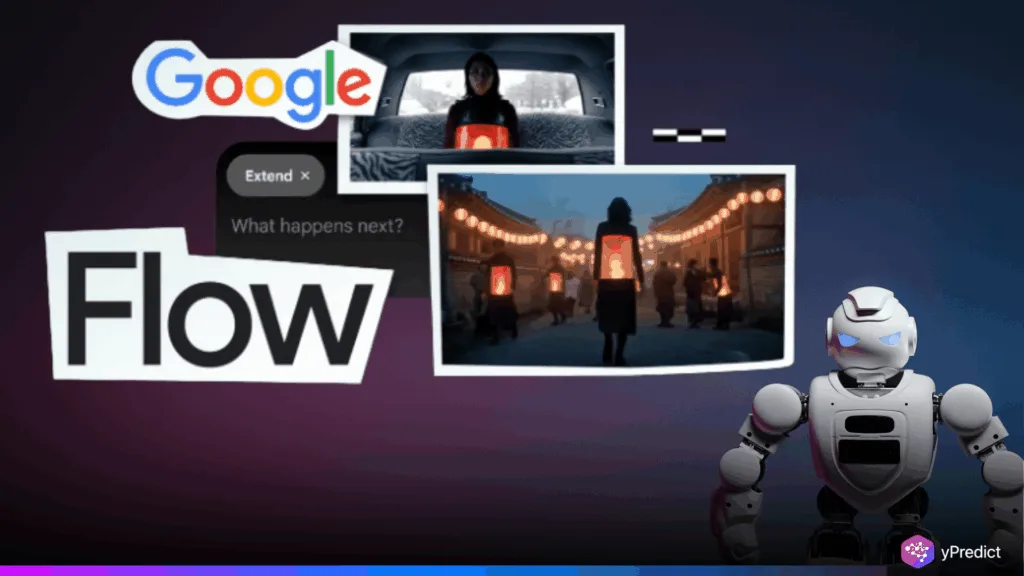
Google’s AI filmmaking tool, Flow, recently received a surprising upgrade as a result of a designer’s playful experiment. Nmatares accidentally created a fresh way of conveying emotion when he doodled over an image and uploaded it to the platform. This impromptu encounter broadened Flow’s creative potential and provided a novel approach to content creation. Flow, which was also developed with Google’s generative AI, was already known for delivering consistent and visually stunning video outputs. However, this recent development pushes the limits of what users can control and create.
Visual Prompts Transform the AI Filmmaking Tool Experience
Flow’s designer, Nmatares, was experimenting rather than trying to create. His new method of controlling scene generation involved drawing over a still image and then uploading it again into Flow. The system used the designer’s edits and the original image, using the doodles as visual cues to produce rich, customized cinematic effects. Furthermore, the method replaced written instructions with natural gestures, giving users more control over the visual feel.
This accidental feature highlights the adaptability of Google’s generative AI, which is the foundation of Flow. This innovation’s alignment with the development of creative tools is what makes it impactful. Thus, detailed user interfaces and verbal descriptions are no longer necessary for artists to convey their ideas. Just a sketch will do. Creators are already accustomed to working with drawing, and it’s a simple way for them to interact with AI directly.
Google Designers Build on Unexpected Prompt Discovery
Developers are currently creating new functionality based on this discovery. The Flow team is developing a “Sketch-to-Scene” mode that will enable users to sketch concepts and instantly view cinematic effects. Internal posts state that this mode will enable multi-layer prompts. Additionally, it allows users to change settings such as lighting, mood, and motion paths.
This innovation contributes to a longer-term trend of more easily accessible creative tools. Flow allows AI to understand unstructured human input and transform it into structured cinematic language. Therefore, rather than taking the place of human creativity, this is enhancing it. The generative AI will keep learning to decipher visual cues with ever-increasing complexity.
The AI Filmmaking Tool Journey Has Just Begun
This accidental unlock emphasizes how important human-AI collaboration is. The Flow team didn’t originally plan to build this feature. It also emerged through exploration, a key part of the creative process. Google’s AI filmmaking tool is just getting started. The future holds tighter feedback loops, smarter creative tools, and new workflows. Furthermore, since generative AI is developing daily, a doodle could be your next directing tool.






